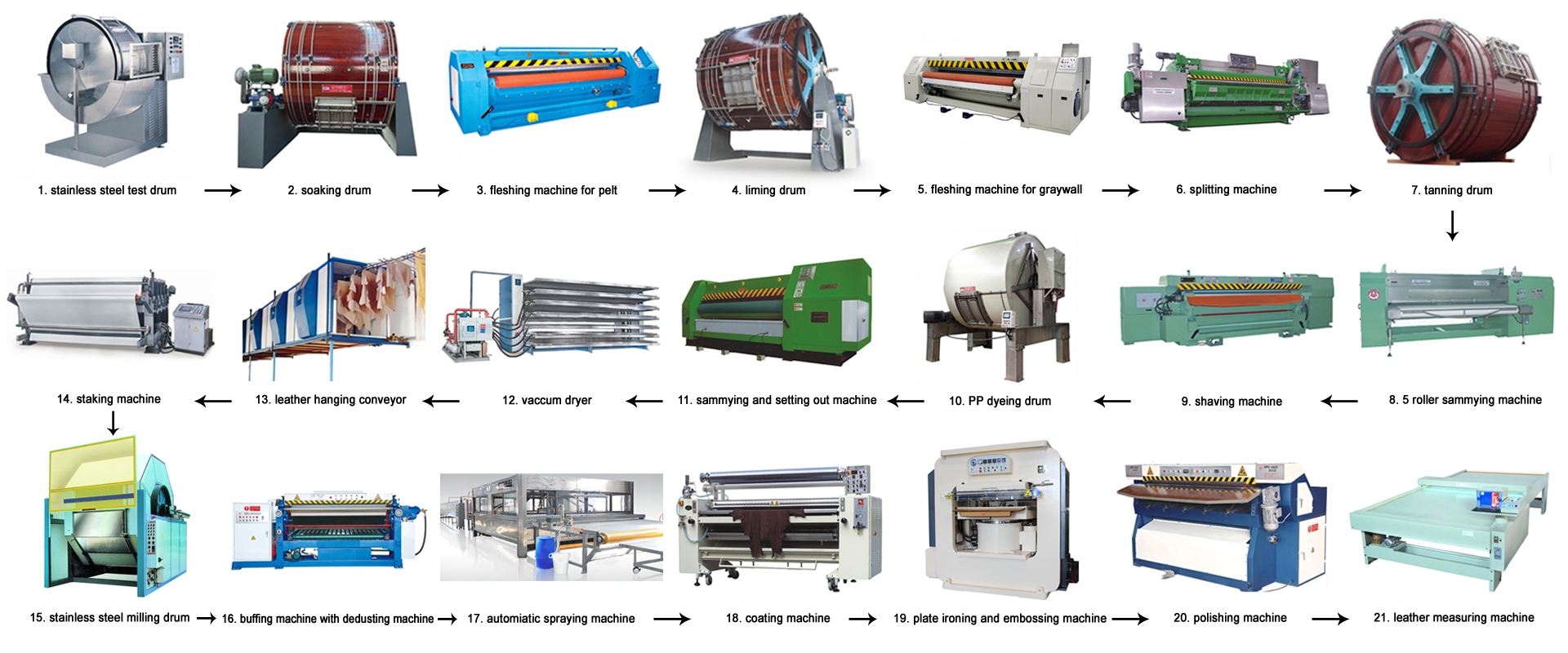The ancient art of tanemaking has been a staple of many cultures for centuries, and it continues to be an integral part of modern society. The process of tanemaking involves the transformation of animal hides into leather through a series of intricate steps that require skill, precision, and patience. From the initial stages of preparing the hide to the final product of supple and durable leather, the tannery process is a labor-intensive and highly specialized craft that has withstood the test of time.
The first step in the tanemaking process is the selection of high-quality animal hides. This crucial stage requires the expertise of experienced tanners who are able to identify hides that are suitable for tanning. Hides are carefully inspected for blemishes, scars, and other imperfections that could affect the quality of the leather. Once the appropriate hides are chosen, they are then prepared for the tanning process, which involves the removal of any remaining hair, flesh, and fat.
After the hides have been properly cleaned, they are then treated with a tanning agent to halt the natural decomposition process and preserve the hide. Traditionally, tannins derived from plant sources such as oak, chestnut, or mimosa were used as tanning agents. However, modern tanners may also utilize synthetic tanning agents to achieve the desired results. The tanning process can take anywhere from a few days to several weeks, depending on the type of leather being produced and the specific tanning method being used.
Once the hides have been tanned, they are then subjected to a process known as currying, which involves softening and conditioning the leather. This important step helps to improve the overall quality and texture of the leather, making it more pliable and resistant to wear and tear. Traditionally, currying involved the use of oils, waxes, and other natural substances to soften the leather and enhance its appearance. However, modern tanners may also utilize specialized machinery and equipment to achieve the same results.
The final stages of the tannery process involve the finishing and coloring of the leather. Tanners carefully inspect the leather for any remaining imperfections and blemishes, and may apply additional treatments to improve the appearance and durability of the leather. Once the leather has been thoroughly inspected and treated, it is then dyed and colored according to the desired specifications. Tanners may employ a variety of techniques to achieve the desired color and finish, including dyeing, brushing, and polishing the leather to achieve a smooth and uniform appearance.
The finished leather is then ready to be used in a wide range of applications, from fashion and footwear to upholstery and accessories. The tanemaking process produces a versatile and durable material that has been prized for its strength, flexibility, and natural beauty for centuries. From the sleek and polished appearance of patent leather to the rugged and weatherproof qualities of oiled leather, tanners have developed a wide range of techniques to create a diverse array of leather products that cater to the needs and preferences of consumers around the world.
In addition to its practical applications, the tanemaking process also holds significant cultural and historical significance. Many traditional tanneries continue to employ time-honored techniques and methods that have been passed down through generations, and they play a vital role in preserving the heritage and traditions of their respective communities. The art of tanemaking is also closely intertwined with the legacy of craftsmanship and artisanal skills, and it serves as a testament to the ingenuity and resourcefulness of human creativity.
While the tannery process has evolved significantly over time with advancements in technology and innovation, the fundamental principles and techniques of tanemaking have remained largely unchanged. Today, tanemaking is a global industry that encompasses a wide range of specialized skills and expertise, from the traditional methods of vegetable tanning to the cutting-edge technologies of modern leather production. The art of tanemaking continues to thrive as tanners and artisans around the world seek to uphold the time-honored traditions of their craft while embracing the opportunities for innovation and creativity in the production of high-quality leather products.
Lily
YANCHENG SHIBIAO MACHINERY MANUFACTURING CO., LTD.
No.198 West Renmin Road, Economic Development District, Sheyang, Yancheng City.
Tel: +86 13611536369
Email: lily_shibiao@tannerymachinery.com
Post time: Feb-17-2024


